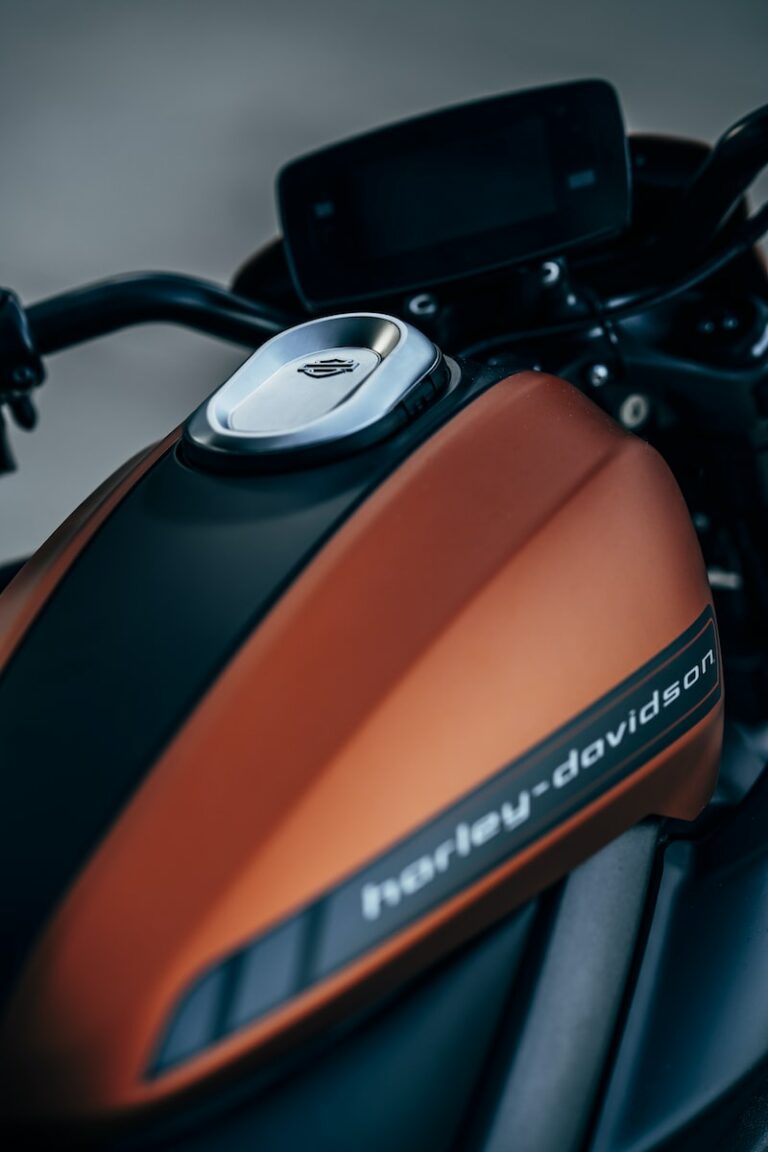Car paint is an important part of a vehicle’s aesthetic and overall value. There are several different types of car paint, each with its own set of pros and cons. In this article, we will take a detailed look at some of the most popular types of car paint, their benefits, and how to use them properly.
Purpose of Car Paint
The primary purpose of car paint is to protect the metal body of a vehicle from the elements and prevent rust and corrosion. Car paint also provides a smooth, glossy finish that gives a vehicle a sleek and attractive appearance. In addition, car paint can be used to create a variety of custom designs and colors, allowing for individualization and self-expression.
Types of Car Paint
One of the most popular types of car paint is acrylic enamel. This type of paint is known for its durability and resistance to fading. It is also very easy to apply and dries quickly. However, acrylic enamel can be prone to cracking and chipping if the vehicle is exposed to extreme temperatures or if the paint is applied too thickly.
Another popular type of car paint is urethane. This type of paint is known for its excellent color retention and resistance to fading. It is also very durable and resistant to chipping and cracking. However, urethane can be more difficult to apply than acrylic enamel and requires specialized equipment.
A newer, cutting edge technology is the use of ceramic coatings. They are composed of a liquid polymer that when applied, cures and chemically bonds to the paint of the car. This creates an extremely hard and durable layer of protection against the elements. They also offer hydrophobic properties, making water bead up and roll off the paint. The benefits of this type of coating is that they can be applied to both new and old cars, the application process is quick and easy and the finish can last years. The main downside to this is that the coating itself can be pricey.
Hybrid paints are another option that combines properties of different paint types. They tend to be more durable and resistant to fading and chipping than acrylic enamel, but not as durable and resistant to fading as urethane.
Using Car Paint
When using any type of car paint, it is important to first properly clean and prepare the surface of the vehicle. This includes removing any rust, debris, or old paint and sanding the surface smooth. It is also important to use the right type of paint for the specific type of vehicle and to apply the paint in thin, even coats.
When applying car paint, it is important to wear proper safety gear, including gloves, goggles, and a respirator mask to protect yourself from inhaling paint fumes.
Precautions
There are several precautions to take when working with car paint. First and foremost, it is important to work in a well-ventilated area and to wear proper safety gear to protect yourself from inhaling paint fumes. Additionally, be sure to follow the manufacturer’s instructions for the specific type of paint you are using, as some types of paint may have different application and curing requirements.
Why was this invented?
Car paint was invented to protect the metal body of a vehicle from rust and corrosion and to provide a smooth, glossy finish. As cars became more prevalent and more accessible to the general public, people began to want to personalize their vehicles with custom colors and designs. This led to the development of different types of car paint, each with its own unique set of properties.
Conclusion
Car paint is an essential part of a vehicle’s aesthetic and overall value. There are several different types of car paint available, each with its own set of pros and cons. It is important to choose the right type of paint for the specific type of vehicle and to properly prepare and apply the paint. Properly maintaining your car’s paint can help to extend the life of your vehicle and keep it looking great for years to come.
When selecting a car paint, it is important to consider the durability, color retention and resistance to fading, and how easy or difficult the paint is to apply. For those looking for the highest level of protection, ceramic coatings may be the best option. They offer an extremely hard and durable layer of protection, hydrophobic properties and longer lasting finish compared to other paint types.
It’s always a good idea to consult with a professional when painting your car, as they can help you make an informed decision and ensure a proper application. Also, you can consider services like paint protection film, a clear film applied to the car’s surface that creates a barrier against rock chips, road debris, and other environmental damage, as an additional step to protect the paint of your car.
Overall, taking the time to properly maintain and protect your car’s paint can not only improve its appearance but also increase its resale value. With the right type of paint and proper application, your car can look great for years to come.



















